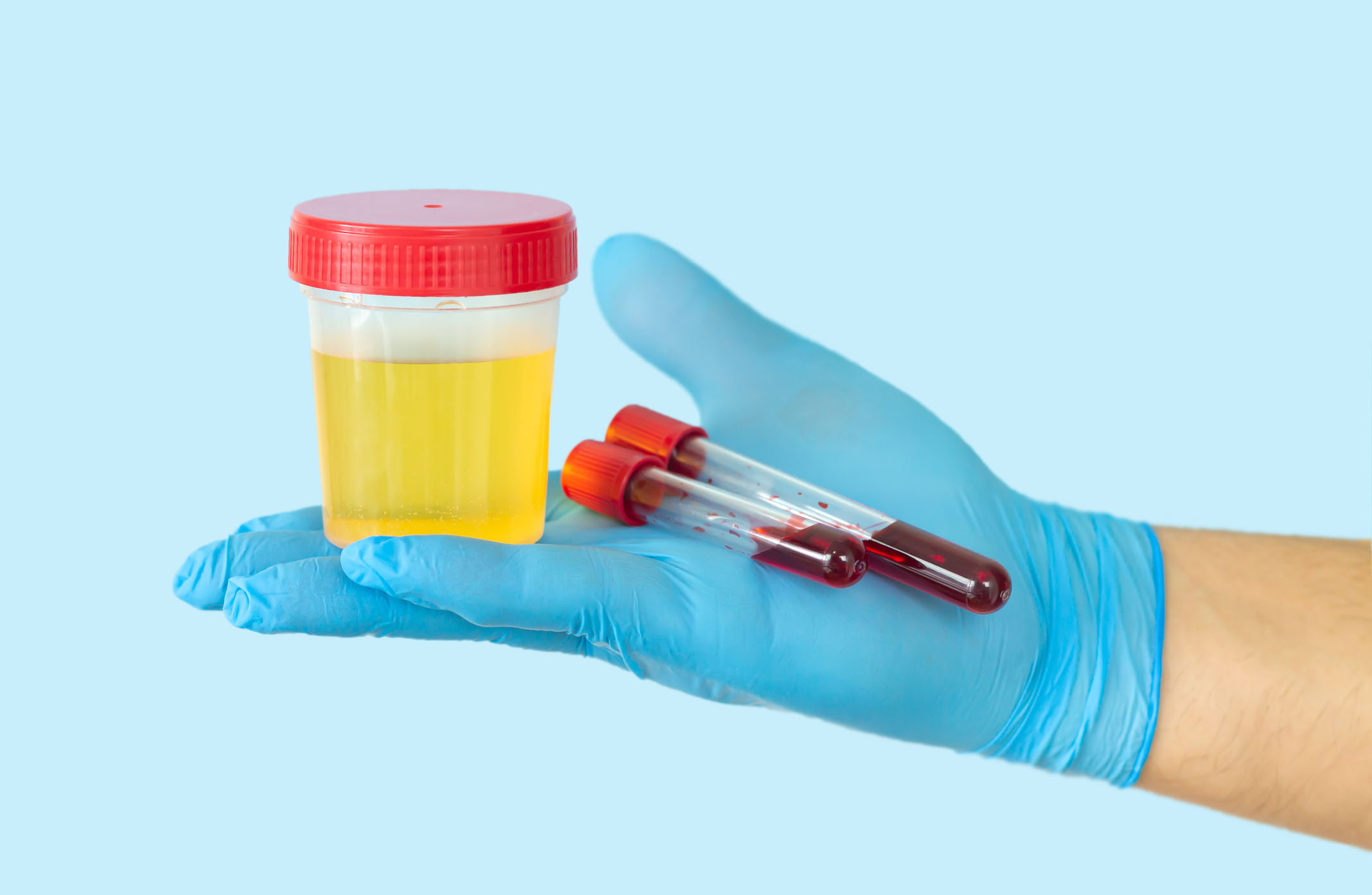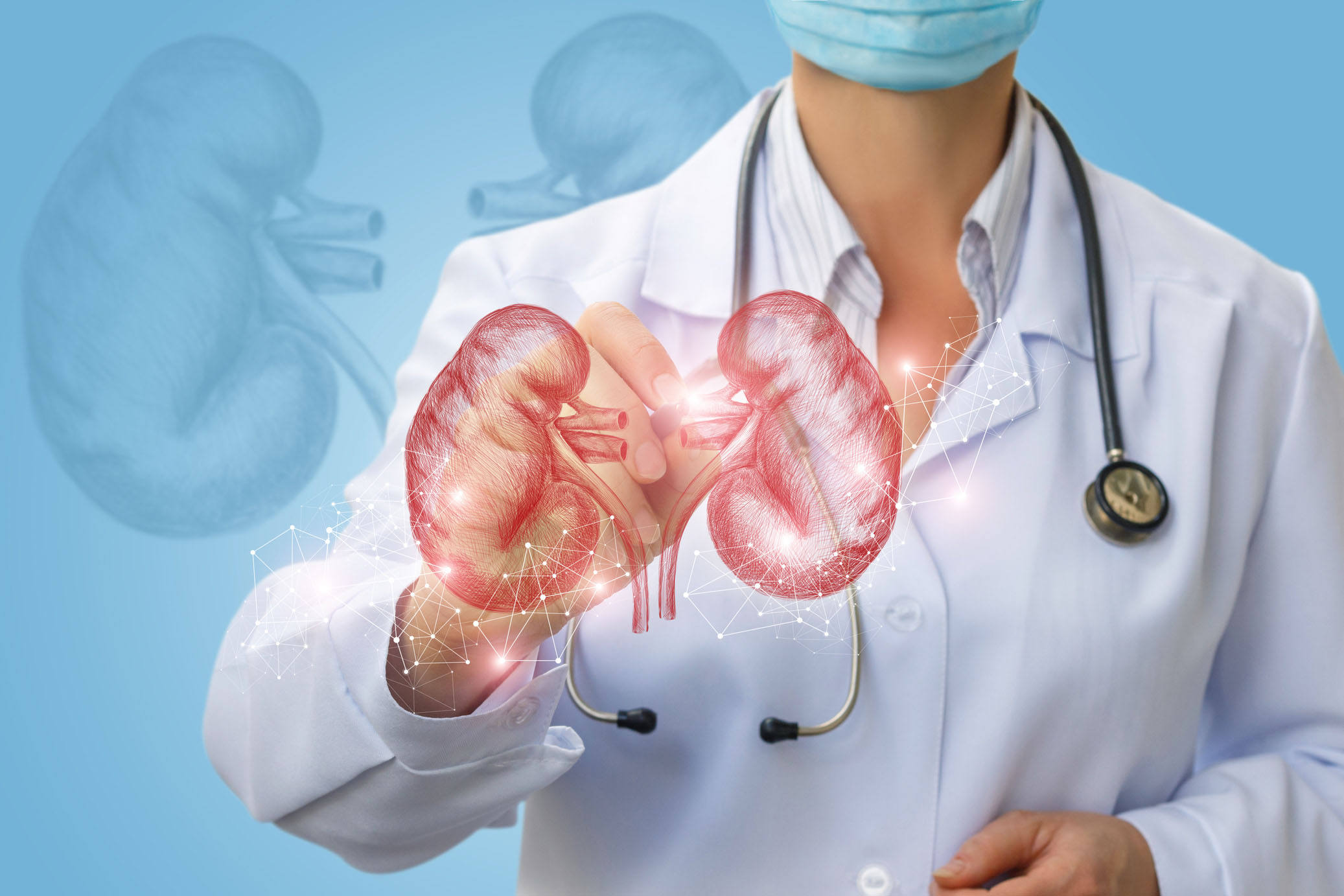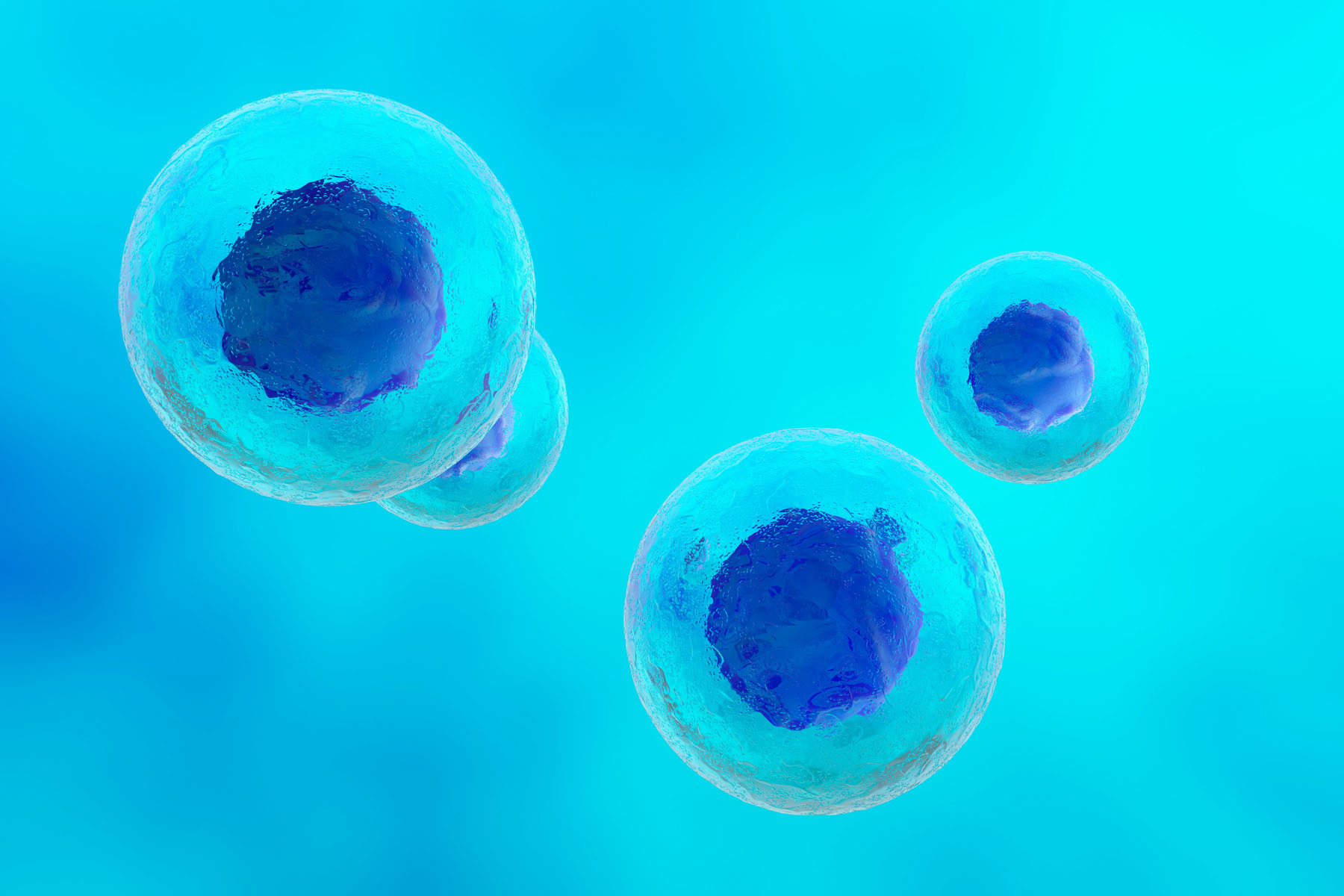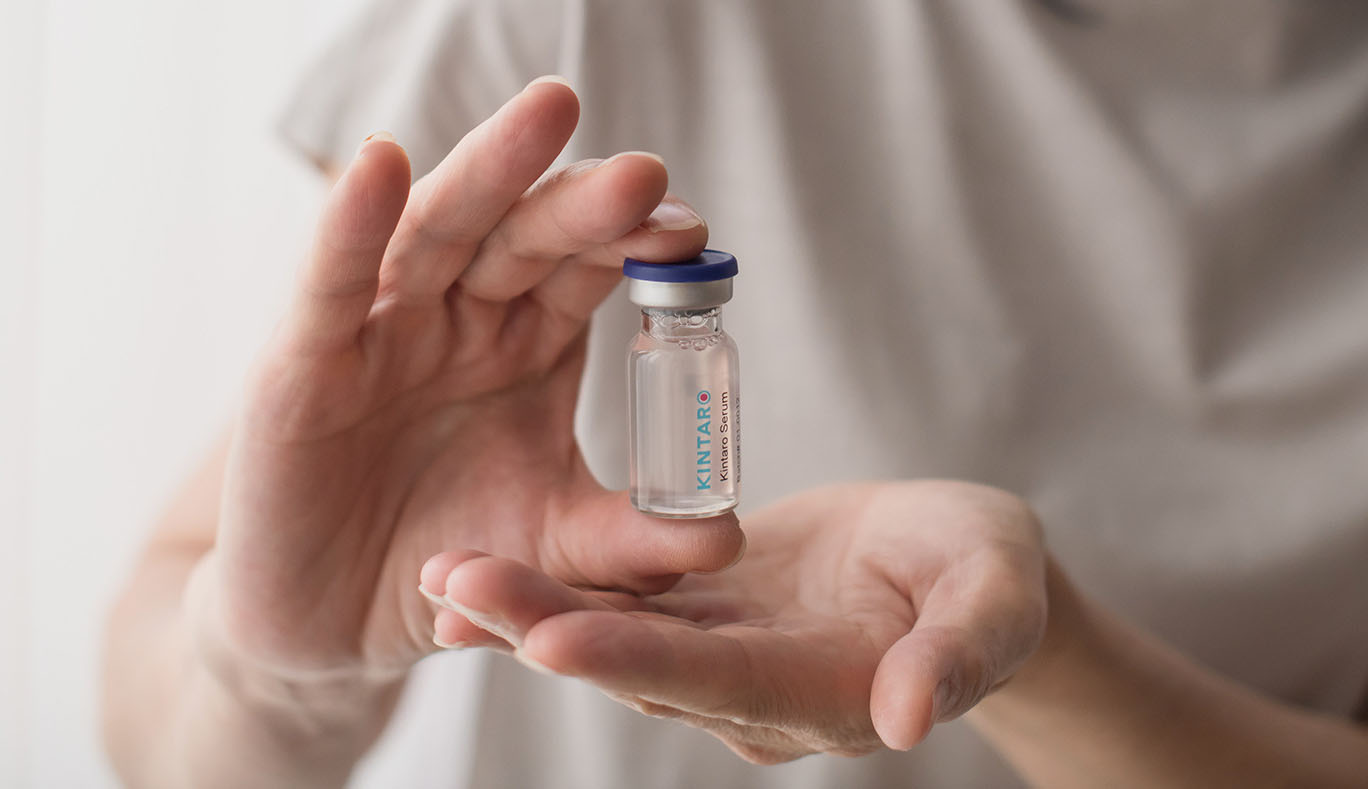MESENCHYMAL STEM CELLS: Therapeutic Potential in Kidney Disease
Kidneys are bean-shaped, approximately fist-size internal are responsible for cleaning the blood from metabolic products, organs that are located in the abdominal cavity. These organs and for regulating the water-salt balance in the body. During every day and excrete up to two liters of urine. They also create normal operation, the kidneys filter up to 150 liters of blood hormones that help control blood pressure, produce red blood cells, and promote bone health.
Considering all of the crucial functions that the kidneys perform along with the toxins they encounter, these organs are susceptible to various problems. Most include swelling of the different parts of the body (legs, ankles, feet, lower common symptoms that may indicate that the kidneys are not working properly abdomen), high blood pressure, foamy urine, hematuria (blood in the urine that of appetite, and weight gain due to retaining too much fluid. These physical can change the urine color to pink, brownish-red, or tea-colored), tiredness, loss symptoms are caused by the build-up of waste products and excess fluids in the make them difficult to pinpoint or are only detected through lab tests done for body. In most cases, however, symptoms appear subtle in the early stages, which another reason. That is why, those with kidney disease tend not to experience its are aware that they have it. signs until the late stages, and only a very few people with chronic kidney disease
Apart from the common symptoms that suggest the organs’ function is impaired, there are several ways to diagnose kidney disease. The most common ones are urine and blood tests, which can determine the functional state and possible problem of the kidneys. Imaging tests are also used in some cases to assess the structure and size of the kidney.
One important type of urine test that can give a more accurate measurement of how well the kidneys are working is the urine albumin-to-creatinine ratio (UACR) test. This test estimates both albumin (important blood protein) and creatinine (a waste product of normal muscle breakdown) levels in a single urine sample. If this test detects a slightly raised UACR level, which is more than 30mg of albumin to 1g of creatinine, it could be a sign of kidney disease. This is because healthy kidneys only allow very little protein to go into the urine. So, when the kidneys are damaged, increased amounts of albumin leak into the urine. This condition is called albuminuria.

Albuminuria is the earliest sign of kidney disease for many people. In order to determine the extent of the damage, a 24-hour urine collection test is given to measure what is exactly in the urine. The result of the test will show the volume of secreted urine and the dynamic changes of main indicators. If the volume of the collected urine is more than 2 liters or less than one liter, it means that the kidneys are not working properly
Likewise, another test that can verify kidney disease is a blood test. The test includes measuring the whole protein, albumin, glomerular filtration rate (GFR), total cholesterol and other lipids, total glucose, and many other indicators that may reveal kidney dysfunction and related disorders. The GFR number indicates whether the kidneys are working properly or not. A normal value for GFR is 90 or above, while a reduced GFR value (less than 60) usually means inefficient filtering of wastes from the blood due to kidney disease. Once the GFR decreases to 15 or less, this indicates kidney failure and needs for dialysis or a kidney transplant.
Aside from blood and urine tests, imaging techniques may be also required to further evaluate suspected kidney disease. Tests such as ultrasound, CT scan, MRI, and kidney biopsy test are used for confirmation and clarification of the state of these organs and allow the doctor to look for blockages or abnormalities.
Generally, all pathological conditions of the kidneys fall into two categories: chronic kidney diseases (CKD) and acute kidney injuries (AKI). The difference between the two categories is that AKI is usually caused by an event that leads to kidney malfunction, such as dehydration, blood loss from major surgery or injury, or the use of medicines. CKD, on the other hand, is commonly caused by a long-term disease that slowly damages the kidneys and reduces their function over time.

The underlying causes of AKI and CKD are from the following conditions:
- Diabetes,
- Systemic lupus erythematosus,
- Conglomeration of IgA,
- Amyloidosis,
- Infections (such as HIV, hepatitis B, and hepatitis C),
- Genetic disorders,
- Uncontrolled use of some medications, such as non-steroidal anti- inflammatory drugs (NSAID), for a long time or taking them while the blood pressure is low,
- Dehydration.
It is widely known that AKI and CDK are closely linked and likely to promote one another. AKI could transform to CDK (or vice versa) due to the various accompanied diseases and side effects of their treatment. In all cases, if the kidney loses 85 percent or more of its function, it means that the acute or chronic kidney disease has progressed to an end-stage renal disease (ESRD), which is treated by dialysis or kidney transplantation.
Although treatments for the kidney or renal disorders will depend on its causes, their common end-goal centers on the relief of symptoms and support kidney state to delay the progression of ESRD. Some doctors may recommend a specific diet to reduce the amount of fat and cholesterol, and limit the intake of sodium (salt) and fluids to help control swelling. Blood glucose levels will also be thoroughly controlled for those with diabetic nephropathy. In addition to dietary lifestyle changes, the treatment for kidney disease usually involves various medications to modulate its complications. Doctors may recommend a diuretic drug to reduce swelling by helping the kidneys remove fluid from the blood, or medicines that suppress a patient's immune system in some cases. An angiotensin-converting enzyme (ACE) inhibitor and an angiotensin II receptor blocker (ARB) may be prescribed as well, which could reduce protein loss and lower blood pressure. Ultimately, a dialysis for the elimination of metabolic products may be needed in case of complete or near-complete kidney failure.
In addition to the treatments mentioned, regenerative medicine holds the potential to fully repair damaged tissues and organs, offering solutions and hope to people who are suffering from incurable conditions, including kidney disease. It is well known that mesenchymal stem cells (MSC) have immunomodulatory, anti- inflammatory, and tissue repair activities that could be used for additional therapy for some kinds of AKI and CKD wherein these MSC properties could play a sufficient role. In relation to this, clinical trials have verified the safety and tolerability of MSC administration to most patients. MSCs are shown to inhibit T and B cell activation and proliferation, contribute to the transformation of monocytes and macrophages from a proinflammatory to an anti-inflammatory phenotype, and increase the level of regulatory T cells (Tregs), all of which provide the immunomodulatory and anti-inflammatory effects of the stem cell administration. At the local tissue level, MSCs decrease tubular cell apoptosis, reduce oxidative stress, induce angiogenesis, and demonstrate antifibrosis actions through paracrine mechanisms, and thus, providing the regenerative effects on the kidney. Aside from these extraordinary therapeutic potentials, MSCs could also manage the mitochondrial recovery in an injured cell.
In the context of AKI, supportive care remains the primary treatment option for the patients since this condition is difficult to treat due to the lack of disease-specific therapies. However, MSCs appeared to have protected early and late post-surgery kidney function against AKI development. In the case of renal ischemia/reperfusion injury (IRI), a common cause of AKI that occurs as a result of a sudden blockage of blood flow to the kidney, the infusion of MSCs resulted in a significant increase in cortical perfusion and renal blood flow, a reduction of tissue hypoxia, and stabilization of measured GFR at a 3-month follow-up, compared with the standardized medical treatment. MSCs may also lower vascular insufficiency and inflammatory injury through proangiogenic and immunomodulatory effects, thereby improving AKI state of the kidney.

Similarly, MSCs present an innovative cell therapy for diabetes mellitus that usually progresses to CKD, named diabetic kidney disease (DKD) or diabetic nephropathy (DN). High levels of glucose in the blood can damage the kidneys and cause them to fail. However, there are a few data showing evidence that MSC-based therapy may decrease fasting blood glucose (FBG) and glycated haemoglobin (HbA1c). There was an improvement observed in glycemic control after MSC therapy, when eGFR was higher than 30. Therefore, it is important to start MSC therapy in the early phase of DKD before the structural integrity of the kidney cells and their parts are irreversibly damaged.
From these findings, it could be inferred that the therapeutic application of MSC in kidney transplantation may be used safely in combination with an adequate immunosuppressive regimen. The findings also indicate that this cell therapy is capable of diminishing immune responses, and thus, prolonging solid organ graft survival. MSC administration could be performed via renal artery, or in a standard (intravenous) way that is well tolerated by patients, which is at a high dose of 2-6×10^6 cells per kilogram. However, the effectiveness of cell therapy has not always been observed in clinical trials. Its lack of positive effects may be due to the fact that not all types of renal diseases can be alleviated with the help of MSCs, as well as the harmful environment into which cells enter when administered to a patient with renal disorders, particularly when the blood of a patient contains toxins and unfiltered metabolic products (such as p-cresol). That said, the problem of cytotoxicity can be solved in two ways: by preconditioning MSCs with various substances, or by therapy using MSC-derived extracellular vesicles (EVs).
Extracellular vesicles (EVs) are tiny bubble-like structures secreted by MSCs and contain cytokines, proteins, mRNAs, and miRNA. EVs are able to regulate cell signaling in the recipient's cells and have similar activities to MSC, although they cannot maintain their presence in the body for a long-term action. The preconditioning or priming of MSCs protects them from the harmful environment, and improves their survival rate and therapeuticfunctions. The method of preconditioning of cells involves incubation of MSCs in cultural media with cytokines, and natural or chemically synthesized compounds. But before the administration of primed MSCs into the patient's body, these cells are washed to remove these compounds, making them safe for therapy.
Overall, Kintaro Cells Power could provide an optional priming of bone marrow-derived mesenchymal stem cells with melatonin to improve the beneficial effects of MSC therapy of kidney disorders. In some cases, a blood dialysis procedure before MSC administration could also improve the results as the level of toxic compounds will be lower. Nevertheless, due to very different underlying causes of kidney disease, comprehensive blood and urine tests along with the consultation with a physician are needed before starting the therapy with Kintaro cells.

